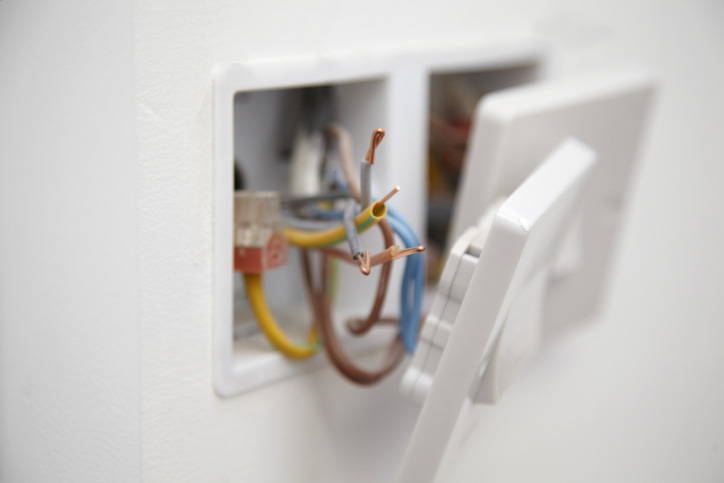
Welcome to 'Go Green at Home: The Top 10 Eco-Friendly DIY Home Solutions.'
In this article, we will explore practical and cost-effective ways to transform your home into an environmentally friendly haven.
From solar panels and rainwater harvesting to composting and energy-efficient appliances, we will provide you with the essential tools and techniques to reduce your carbon footprint and embrace sustainable living.
Join us on this journey towards a greener future, where your home becomes a symbol of your commitment to the planet.
Solar Panels
Harnessing the power of the sun, solar panels offer an eco-friendly and sustainable solution for generating electricity at home. Solar panel efficiency plays a crucial role in optimizing energy production. By converting sunlight into usable electricity, these panels reduce dependence on traditional energy sources and lower carbon emissions.
Installing solar panels at home is a practical and cost-effective way to embrace renewable energy. With advancements in technology, solar panel installation has become easier and more accessible than ever before. Homeowners can choose from various options, including rooftop installations or ground-mounted systems. DIY solar panel kits are also available for those who prefer a hands-on approach.
Rainwater Harvesting
Continuing the exploration of eco-friendly and sustainable solutions for the home, rainwater harvesting is a practical and efficient method to conserve water resources and reduce reliance on traditional water sources.
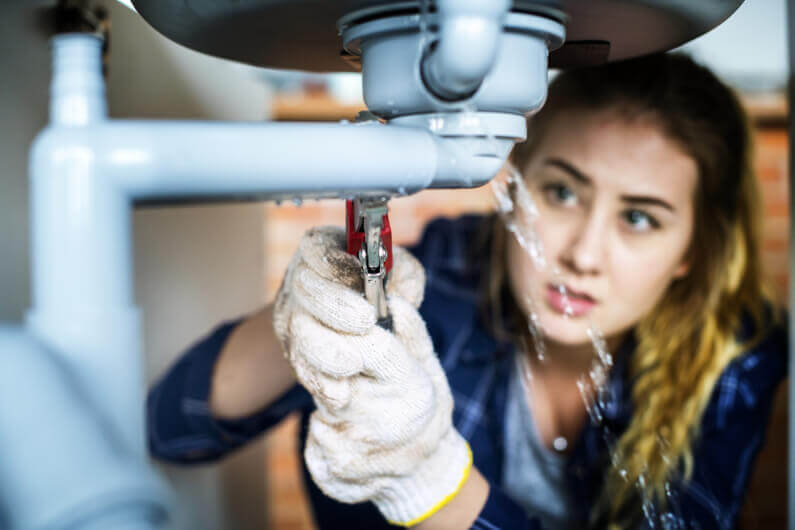
Rainwater collection involves capturing and storing rainwater for later use in various household activities, such as watering plants, washing cars, or even flushing toilets. It is a simple and cost-effective way to make the most of natural resources and reduce water bills.
Additionally, rainwater is free from chemicals like chlorine, making it beneficial for sustainable gardening. By collecting and using rainwater, homeowners can contribute to a greener environment and reduce the strain on municipal water supplies.
Implementing rainwater harvesting systems can be easily accomplished through DIY projects or by consulting professional installers.
Composting
One effective way to further enhance sustainable practices at home is through the implementation of composting, a method that utilizes organic waste to create nutrient-rich soil for gardening and landscaping purposes. Composting not only reduces the amount of waste that goes to landfills but also provides numerous benefits for both the environment and gardeners.
Here are four composting techniques that you can easily implement at home:
- Backyard Composting: This method involves creating a compost pile or bin in your backyard and adding organic waste such as fruit and vegetable scraps, coffee grounds, and yard trimmings.
- Vermicomposting: Using worms to break down organic waste, vermiculture is an efficient and compact method that can be done indoors or outdoors.
- Bokashi Composting: This anaerobic fermentation process allows you to compost a wider range of waste, including meat, dairy, and cooked food scraps, by using a special bokashi mix.
- Trench Composting: Ideal for small spaces, trench composting involves digging a trench in your garden and burying your organic waste, allowing it to decompose naturally.
Energy-Efficient Appliances
To further enhance sustainable practices at home, it is essential to incorporate energy-efficient appliances into your household. One of the most significant energy-consuming appliances in a home is the refrigerator. By opting for an energy-efficient refrigerator, you can reduce your energy consumption and lower your carbon footprint. Look for refrigerators with an Energy Star rating, which indicates that they meet strict energy efficiency guidelines.
Additionally, consider investing in sustainable HVAC systems that can help regulate your home's temperature while minimizing energy usage. These systems often utilize smart technology to optimize energy efficiency and provide greater control over heating and cooling.

LED Lighting
LED lighting is a cost-effective option for homeowners looking to go green. Not only do LEDs use less energy than traditional incandescent bulbs, but they also last longer, reducing the need for frequent replacements.
With their energy-saving benefits and long lifespan, LED lights are a practical choice for environmentally-conscious individuals.
Cost-Effective LED Options
Implementing cost-effective LED lighting options is a practical and sustainable solution for environmentally conscious homeowners. LED bulbs and fixtures not only reduce energy consumption but also have a longer lifespan compared to traditional incandescent bulbs.
Here are four cost-effective LED options to consider:
- Choose energy-saving LED bulbs: These bulbs use up to 80% less energy than traditional incandescent bulbs, resulting in significant cost savings on your energy bill.
- Opt for dimmable LED fixtures: Dimmable LEDs allow you to adjust the brightness level according to your needs, reducing energy usage further.
- Install motion sensor LED lights: These lights automatically turn on when they detect movement and turn off when no motion is detected, ensuring energy is not wasted unnecessarily.
- Utilize LED strip lights: These versatile lights can be used to add ambiance and highlight specific areas in your home, while consuming minimal energy.
Energy-Saving Benefits of LEDs
One significant benefit of cost-effective LED lighting options is their energy-saving capabilities, making them an ideal choice for environmentally conscious homeowners. LED lights use up to 75% less energy than traditional incandescent bulbs, resulting in significant cost savings on electricity bills.
Additionally, LEDs have a longer lifespan, reducing the need for frequent replacements, which further saves energy and reduces waste. By using LED lighting throughout the home, homeowners can significantly decrease their energy consumption and carbon footprint.
LED lights also produce less heat compared to traditional bulbs, contributing to a cooler and more comfortable living environment. Incorporating LED lighting into your home is one of the most effective and practical energy-saving tips that can have a positive environmental impact.
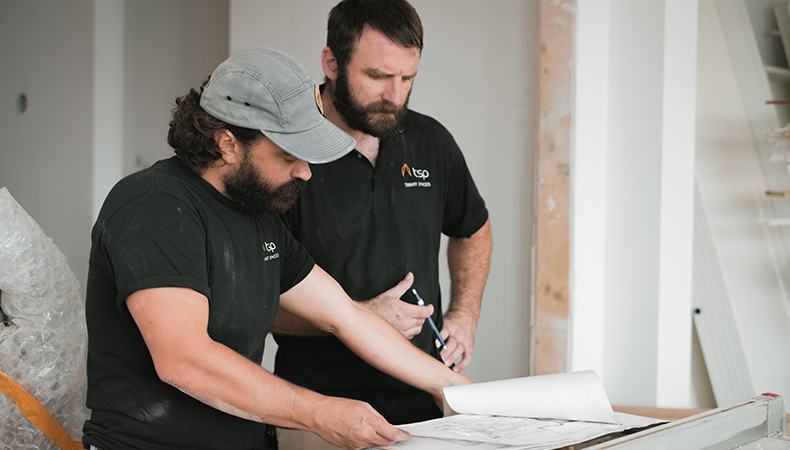
Insulated Windows
To enhance energy efficiency and reduce heat loss, installing insulated windows is a practical and cost-effective solution for eco-conscious homeowners. Here are four benefits of insulated windows and some DIY window insulation techniques to consider:
- Energy savings: Insulated windows help to keep your home cool in the summer and warm in the winter, reducing the need for artificial heating and cooling. This can lead to significant energy savings and lower utility bills.
- Improved comfort: By preventing drafts and reducing heat transfer, insulated windows create a more comfortable living environment by maintaining a consistent indoor temperature.
- Noise reduction: Insulated windows also provide excellent sound insulation, reducing outside noise pollution and creating a quieter and more peaceful home.
- Environmental impact: Using insulated windows reduces the carbon footprint of your home by decreasing energy consumption and reliance on fossil fuels.
DIY window insulation techniques include:
- Applying weatherstripping
- Using window insulation film
- Installing thermal curtains
- Adding window quilts or shades
These solutions are easy to implement and can make a noticeable difference in your home's energy efficiency and comfort.
Low-Flow Showerheads
Low-flow showerheads are a great way to conserve water and reduce your environmental impact. These showerheads are designed to limit the flow of water while still providing a satisfying shower experience.
In this section, we will discuss the benefits of using low-flow showerheads, as well as offer installation and maintenance tips to ensure optimal water conservation in your home.
Water-Saving Showerheads Benefits
Water-saving showerheads offer numerous benefits, including reducing water consumption and promoting sustainable living. Installing low-flow showerheads in your home can have a significant impact on both your water usage and your wallet.
Here are four advantages of using low-flow showerheads:

- Water conservation: Low-flow showerheads can reduce water consumption by up to 50%, helping to conserve this precious resource and contribute to a more sustainable future.
- Energy savings: By using less water, low-flow showerheads also reduce the amount of energy required to heat the water, resulting in lower energy bills and reduced carbon emissions.
- Cost-effective: With decreased water and energy usage, low-flow showerheads can help you save money on your utility bills over time.
- Enhanced water pressure: Contrary to popular belief, low-flow showerheads can still provide a satisfying shower experience by maximizing water pressure and maintaining a steady flow.
Installation and Maintenance Tips
With the numerous benefits of water-saving showerheads discussed, it is important to now delve into the installation and maintenance tips for maximizing their eco-friendly potential.
When it comes to installation, it is essential to follow the manufacturer's instructions carefully. Start by removing the existing showerhead by turning it counterclockwise. Use a wrench if necessary, but be cautious not to damage the shower arm. Apply plumber's tape to the threads of the shower arm to ensure a tight seal. Attach the low-flow showerhead by turning it clockwise until it is snug.
For maintenance, regularly clean the showerhead to prevent mineral buildup and maintain optimal water flow. Soak the showerhead in vinegar or a descaling solution to remove any deposits. Use a toothbrush to gently scrub the nozzles and rinse thoroughly.
With these installation tips and maintenance techniques, you can enjoy eco-friendly showers while conserving water and saving money.
Programmable Thermostats
Programmable thermostats offer an efficient solution for controlling home heating and cooling systems. These energy-saving thermostat features have several benefits that make them a must-have for eco-conscious homeowners.
Here are four reasons why programmable thermostats are worth considering:
- Energy savings: Programmable thermostats allow you to set different temperature schedules throughout the day, ensuring you only use energy when needed.
- Cost reduction: By optimizing energy usage, programmable thermostats help lower your utility bills, saving you money in the long run.
- Increased comfort: With programmable thermostats, you can easily set and maintain the desired temperature in your home, ensuring a comfortable environment all year round.
- Convenience: These thermostats can be controlled remotely via smartphone apps, allowing you to adjust settings even when you're away from home.
Draft Stoppers
To further enhance energy efficiency in your home, another effective solution is the use of draft stoppers. Draft stoppers are simple and inexpensive devices that help prevent cold air from entering your home and warm air from escaping. They can be easily made at home using common materials such as fabric, rice, or sand.
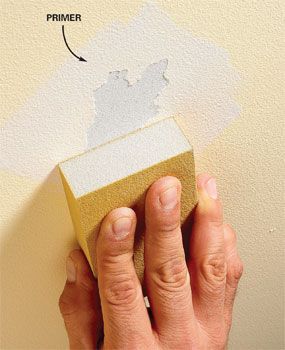
To create a homemade draft stopper, start by measuring the length of your door or window that needs sealing. Cut a piece of fabric to match the measurements and sew it into a long tube, leaving one end open. Fill the tube with rice or sand, and then sew the open end shut. Place the draft stopper along the bottom of your door or window to block drafts and save energy.
Green Roofing
When considering roofing options for your home, it's important to weigh the cost of installation against the long-term environmental benefits.
Green roofing, also known as living roofs or vegetative roofs, can be a sustainable and eco-friendly choice. These roofs are covered with vegetation, which helps to insulate the building, reduce stormwater runoff, and provide habitat for wildlife.
Cost of Installation
The cost of installation for green roofing can vary depending on several factors. When considering the installation costs of a green roof, it is important to take into account the size of the roof, the type of materials used, and the complexity of the design.
Here are four budget-friendly options to consider:
- Extensive green roofs: These are lightweight and low-maintenance, making them more affordable to install compared to other options.
- Sedum roofs: Sedum plants require minimal maintenance and can be a cost-effective choice for green roofing.
- Green roof kits: These pre-packaged kits typically come with all the necessary materials and instructions, making them a convenient and affordable option for DIY installation.
- Retrofitting existing roofs: By adding a green roof to an existing structure, you can minimize installation costs and maximize the benefits of sustainability.
Environmental Benefits
Green roofing offers numerous environmental benefits, making it a sustainable and eco-friendly option for homeowners. By installing a green roof, you can significantly reduce the environmental impact of your home while promoting sustainable living.
One of the main benefits of green roofing is its ability to improve air quality. The vegetation on the roof acts as a natural air filter, removing pollutants and reducing greenhouse gas emissions.
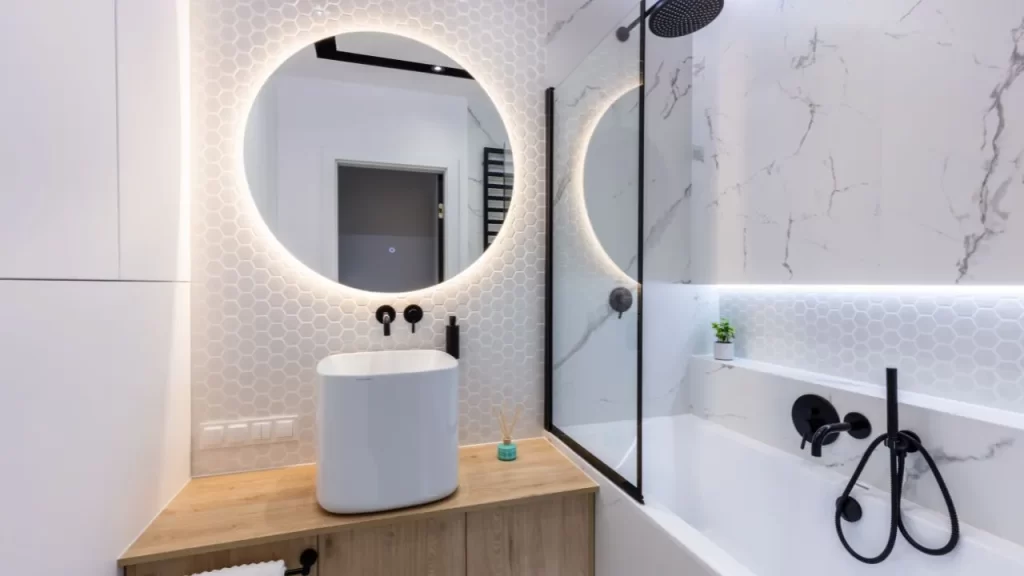
Additionally, green roofs help to reduce stormwater runoff by absorbing rainwater and preventing it from overwhelming drainage systems. This reduces the risk of flooding and helps to replenish local water sources.
Green roofing also provides insulation, reducing the energy consumption of your home and lowering your carbon footprint.
Frequently Asked Questions
How Much Money Can I Save by Installing Solar Panels on My Home?
By installing solar panels on your home, you can save a significant amount of money on your electricity bills. Additionally, there are government grants available that can help offset the initial installation costs.
Are There Any Government Incentives or Tax Credits Available for Installing Rainwater Harvesting Systems?
There are government incentives and tax credits available for installing rainwater harvesting systems. These incentives and credits vary by location, but can provide financial assistance and reduce the overall cost of implementing such systems.
What Types of Waste Materials Can Be Composted in a Home Composting System?
Composting benefits the environment by reducing waste and creating nutrient-rich soil. DIY composting tips include using fruit and vegetable scraps, coffee grounds, and yard waste. It is a practical and effective way to go green at home.
How Much Energy Can I Save by Using Energy-Efficient Appliances in My Home?
Using energy-efficient appliances in your home can lead to significant energy savings. Additionally, incorporating cost-effective solar panels can further reduce your energy consumption and contribute to a more sustainable and eco-friendly lifestyle.
How Do LED Lights Compare to Traditional Incandescent Bulbs in Terms of Brightness and Lifespan?
LED lights are more energy efficient and cost effective compared to traditional incandescent bulbs. They have a longer lifespan and emit the same brightness. Additionally, LED lights have a lower environmental impact, making them a better choice for eco-friendly home solutions.

 Family Craft ProjectsHome ImprovementCooking and BakingReuse and RecycleDIY GiftsEco-Friendly ProjectsDIY Home SolutionsSeasonal ActivitiesFun and GamesLearn TogetherPrivacy PolicyTerms And Conditions
Family Craft ProjectsHome ImprovementCooking and BakingReuse and RecycleDIY GiftsEco-Friendly ProjectsDIY Home SolutionsSeasonal ActivitiesFun and GamesLearn TogetherPrivacy PolicyTerms And Conditions

 Family Craft ProjectsHome ImprovementCooking and BakingReuse and RecycleDIY GiftsEco-Friendly ProjectsDIY Home SolutionsSeasonal ActivitiesFun and GamesLearn TogetherPrivacy PolicyTerms And Conditions
Family Craft ProjectsHome ImprovementCooking and BakingReuse and RecycleDIY GiftsEco-Friendly ProjectsDIY Home SolutionsSeasonal ActivitiesFun and GamesLearn TogetherPrivacy PolicyTerms And Conditions
